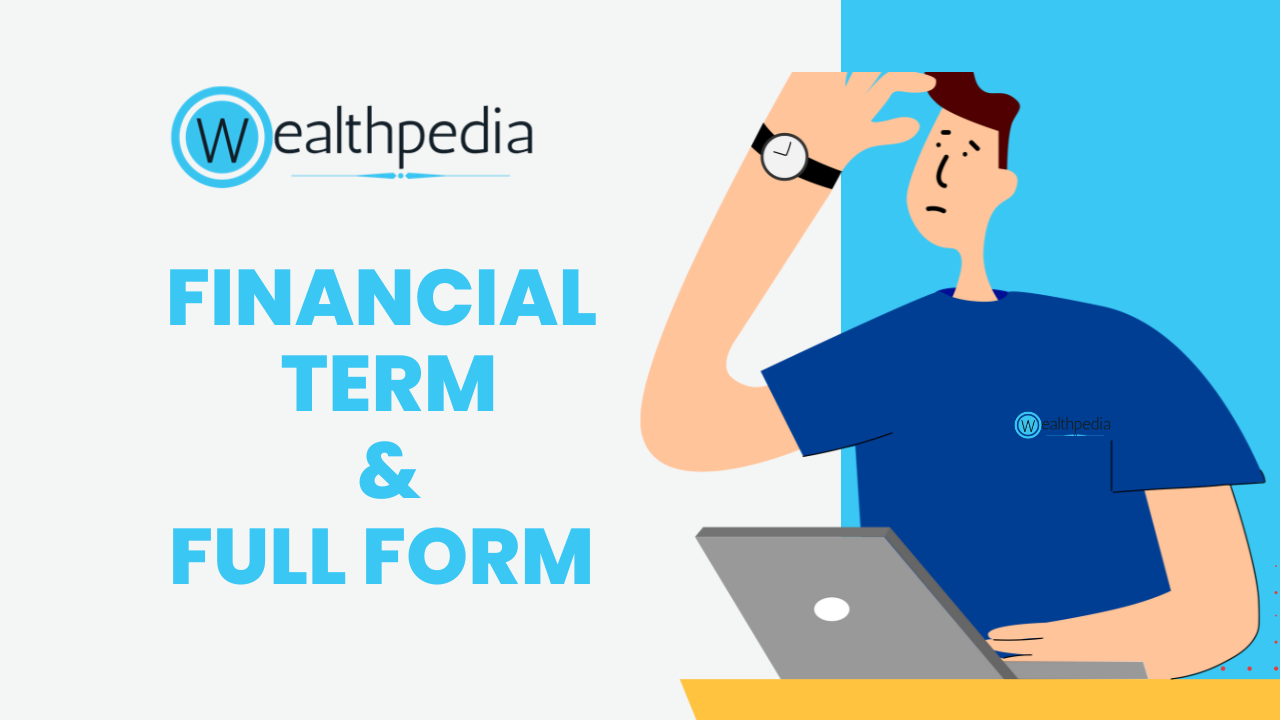If you’re new to the world of banking or have recently come across the term NACH, you might be wondering what it means. NACH stands for National Automated Clearing House, which is an electronic payment system that enables seamless transfer of funds between different bank accounts. In this article, we’ll explore the NACH full form in detail, how it works, and its advantages and disadvantages.
What is NACH?
The National Automated Clearing House (NACH) is an electronic payment system that facilitates bulk transactions between different bank accounts.
It was launched by the National Payments Corporation of India (NPCI) in 2010 to replace the existing Electronic Clearing Service (ECS) system.
NACH is a centralized system that enables faster and more efficient transfer of funds compared to traditional methods like cheques.
History of NACH
The NACH system was first introduced in 2010 by the Reserve Bank of India (RBI) as an alternative to the existing paper-based clearing system.
The system was implemented to improve efficiency, reduce costs, and increase transparency in interbank transactions.
Initially, the system was only used for recurring payments such as loan repayments and insurance premiums. However, over the years, the system has been expanded to include other types of transactions such as dividend payments, pension payments, and refunds.
How does NACH work?
NACH works by processing bulk transactions between banks through a single platform. It uses a unique mandate-based system, where the sender provides authorization to the receiver to debit their account for a particular amount on a specified date.
This eliminates the need for physical cheques and reduces the chances of fraud and errors.
NACH transactions are processed in batches and settled on a T+1 (transaction date plus one working day) basis. The funds are transferred directly from the sender’s account to the receiver’s account, making it a secure and reliable mode of payment.
NACH works by enabling banks to electronically transfer funds between accounts using a centralized payment system. The payment system has two main components – NACH Core and NACH e-Mandate.
NACH Core is a platform that allows banks to send and receive electronic transactions. It is designed to handle high volumes of transactions and can process up to 1 billion transactions per month. NACH e-Mandate is an electronic mandate that allows banks to authorize recurring payments from customers’ bank accounts.
When a customer initiates a transaction through NACH, the transaction is first verified by the customer’s bank. Once the verification is complete, the transaction is sent to the NPCI for processing. The NPCI then processes the transaction and sends it to the receiving bank for crediting the beneficiary’s account.
Benefits of NACH
NACH offers several benefits over traditional payment methods, including:
- Efficiency: NACH is a highly efficient payment system that allows for quick and secure transfer of funds.
- Cost-effective: NACH transactions are much cheaper than traditional methods such as cheques and demand drafts, making it an ideal choice for businesses and individuals.
- Reduced errors: The electronic nature of NACH transactions reduces the chances of errors and eliminates the need for manual intervention.
- Secure: NACH transactions are highly secure, with multiple layers of encryption and authentication to protect against fraud and unauthorized access.
Types of NACH transactions
NACH can be used for several types of transactions, including:
- Salary and pension payments: Many employers use NACH to make salary and pension payments to their employees.
- Utility bill payments: NACH can be used to pay utility bills such as electricity, water, and gas bills.
- Loan repayments: Banks and financial institutions use NACH to collect loan repayments from their customers.
- Investment payments: NACH can be used to make investments in mutual funds, insurance premiums, and other investment products.
Types of NACH payments
NACH payments can be classified into two categories:
NACH Debit
NACH Debit is a mode of payment where the sender authorizes the receiver to debit their account for a specific amount on a specified date. It is commonly used for recurring payments like loan EMIs, insurance premiums, utility bills, etc.
NACH Credit
NACH Credit is a mode of payment where the sender authorizes the receiver to credit their account for a specific amount on a specified date. It is commonly used for salary credits, dividend payments, refunds, etc.
FAQs on NACH Payments
No, NACH and NEFT are two different payment systems. While NEFT is used for one-to-one transactions, NACH is used for one-to-many transactions.
NACH transactions are processed in batches at specific times throughout the day. The exact time depends on the bank and the type of transaction.
Yes, NACH transactions are highly secure, with multiple layers of encryption and authentication to protect against fraud and unauthorized access.
No, NACH is only available for domestic transactions within India.
The maximum amount that can be transferred through NACH varies depending on the bank and the type of transaction. Generally, there is no upper limit on the amount that can be transferred through NACH, making it an ideal payment system for large transactions.
Yes, you can cancel a NACH transaction by contacting your bank and providing the necessary details. However, there may be some restrictions and fees associated with cancelling a transaction, so it’s essential to check with your bank beforehand.
Conclusion
NACH is an essential electronic payment system that has revolutionized the way we transfer funds in India.
Its efficiency, cost-effectiveness, and security have made it the preferred choice for businesses and individuals alike.
By understanding how NACH works and its benefits, you can make better financial decisions and take advantage of this powerful payment system.

